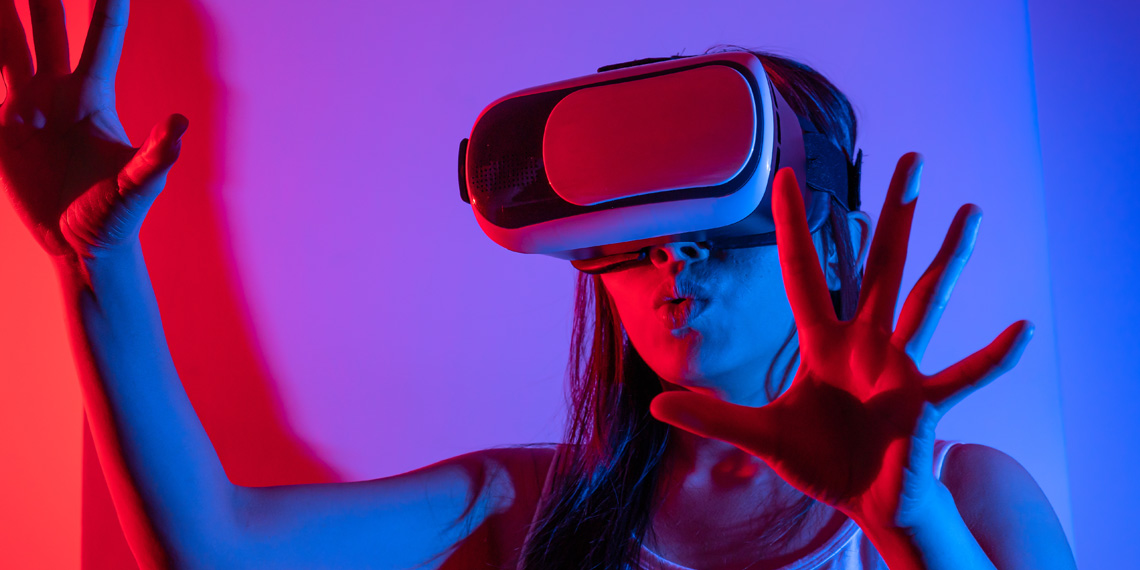Researchers from the University of Waterloo have conducted a groundbreaking study examining how anxiety affects walking behavior, particularly in situations that evoke a sense of postural threat. The study, published in the journal Experimental Brain Research, found that while simple walking is unaffected by anxiety, more complex walking tasks in anxiety-inducing situations can reveal significant differences based on an individual’s level of trait anxiety.
Walking is generally considered an automatic activity that doesn’t require much thought. However, previous research has shown that cognitive and emotional states can influence walking behavior. For example, trait anxiety—a stable aspect of personality characterized by a tendency to experience fear, worry, or negative emotions—has been linked to slower walking speeds and other gait changes in people with clinical anxiety. Additionally, state anxiety, which is a temporary emotional state triggered by specific situations, can cause people to walk more cautiously, such as when they are on an elevated platform.
Despite these insights, the interplay between trait anxiety, state anxiety, and walking behavior in healthy young adults had not been thoroughly examined. This study aimed to fill that gap by investigating how trait anxiety influences walking behavior during anxiety-provoking situations, particularly when attention is divided by a dual task.
The study involved 30 healthy young adults (13 males, 17 females) with an average age of 23 years. None of the participants had any history of major surgery, trauma, cardiovascular disease, or mental health conditions, ensuring a baseline of healthiness and typical functioning.
Participants first completed a series of questionnaires to assess their levels of trait anxiety, baseline state anxiety, fear of falling, and balance confidence. They then performed a dual task designed to divide their attention by recalling the frequency of numbers heard in an audio track.
Next, participants were fitted with a virtual reality (VR) headset that simulated walking on a plank either at ground level or at an elevated level. This VR environment was designed to induce a sense of postural threat without actual risk. Participants walked on a 6-meter-long pressure-sensitive walkway while their footsteps were recorded. They performed walking tasks under four different conditions: single-task walking at ground level, dual-task walking at ground level, single-task walking at an elevated level, and dual-task walking at an elevated level.
After each trial, participants rated their feelings of anxiety, fear of falling, and balance confidence. The researchers measured gait behavior by analyzing step length variability, overall walking speed, and the time spent with both feet on the ground (double support time).
The results showed that trait anxiety did not significantly affect walking behavior during simple walking tasks at ground level, regardless of whether the participants were also performing a dual task. However, the situation changed dramatically when participants walked on the elevated platform.
Under the elevated condition, those with higher levels of trait anxiety walked more slowly and spent more time in double support compared to their less anxious counterparts. This cautious gait pattern was even more pronounced when participants were required to perform the dual task while walking at the elevated level. Higher trait anxiety levels were associated with increased step length variability, decreased walking speed, and more time in double support when participants were both under postural threat and performing a dual task.
While this study provides valuable insights, it has some limitations. One notable limitation is the inability to fully replicate natural environments within the VR setting. Participants could not see their own limbs as they would in real life, which might affect their walking behavior. Additionally, the study did not collect physiological measures of anxiety, such as heart rate or skin conductance, which could provide a more comprehensive understanding of how anxiety affects walking behavior.
Future research should address these limitations by incorporating physiological measures of anxiety and allowing participants to see their limbs in the VR environment. This could help determine whether visual feedback influences walking behavior under anxiety-provoking conditions. Moreover, it would be beneficial to extend this research to older adults and clinical populations, as they might exhibit different patterns of gait behavior under threat.
The study, “The effects of trait and state anxiety on gait in healthy young adults,” was authored by Pershia Norouzian, Brian C. Horslen, and Kaylena A. Ehgoetz Martens.




